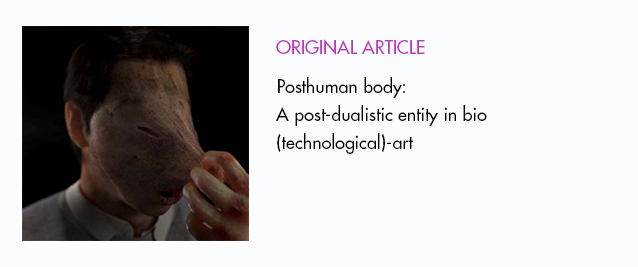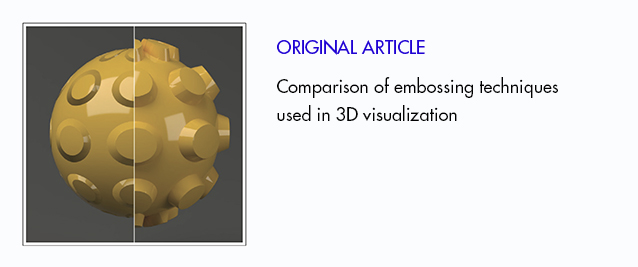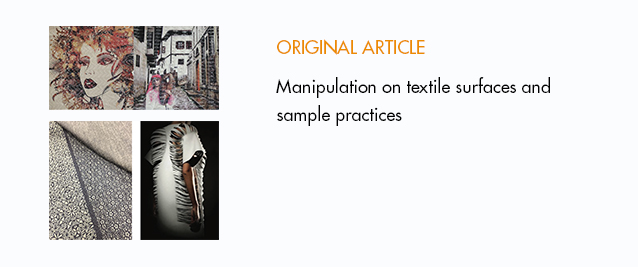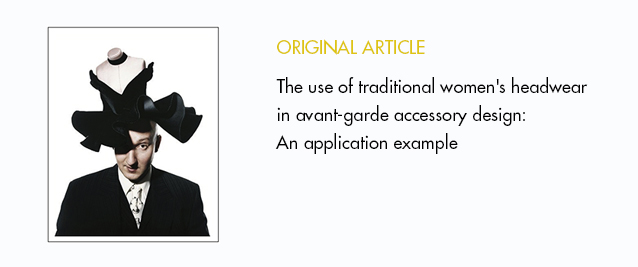Abstract
Metal art works appear as an important branch of art throughout history. Metal art work with its deep-rooted history were shaped in more different forms and manners under the rule ofIslamic states and this resulted in gaining an original character of their own. In this way it is known that it affected previous art forms as well. At the same time Islamic states were affected by the other states both preceding them and adopting the same religion with them and they contributed to the metal artwork due to the various means such as wars, trade and migration with the states that are contemporary to them. Their interaction with each other either his-torically or contemporarily enabled the formation of a traditional understanding about the metalworks, which has been taken shaped in the course of time and transferred over time. The metalworks made in the Mamluk State, which was established in the 13th century and had an important position among the Muslim states, show that the art of the period had a high level of development. It is observed that, in the Mamluk period, as in other states, the metal artworks had practical usage in many areas, especially in architecture. A significant part of this art includes daily objects that have practical uses. These objects were cultivated with the Islamic culture in accordance with the needs of people and in a way that meets many different expec-tations. It is observed that the most striking elements in these items are inscriptions, blazons and ornaments. By the 15th century, the bad economy was also reflected in the materials and techniques used in the artworks. However, as a result of economic improvements especially during the reign of Sultan Qaitbay, the art was revived and reached again to very advanced level. It might be seen that there was good examples of the metalworks remained from the period of Sultan Qaitbay, survived to the present day. One of these examples is a brass basin on which our research is based. In this research, this brass basin was analysed in detail and the ornament plan of the basin was examined. Through the elements discovered on the brass basin, we aim to reach to the general characteristics of the period and general sense and views of the art in this period. Thus, this study was an examination of this brass basin, based on qualitative descriptive analysis method and historical method by adopting semiotic approach.
Maden sanatı tarih boyunca önemli olan bir sanat dalı olarak karşımıza çıkmaktadır. Köklü bir geçmişi bulunan maden sanatı İslam devletleri bünyesinde daha farklı biçim ve üslupla şe-killenmesiyle kendine has bir karaktere bürünerek bu sanatın önceki sanatsal biçimlerini etki-lediği bilinmektedir. Aynı zamanda İslam Devletleri, kendilerinden önce var olmuş olan aynı inancı benimsedikleri devletlerden etkilenmesinin yanı sıra çağdaşı oldukları devletlerle yapı-lan savaş, ticaret, göç gibi çeşitli sebeplerle maden sanatlarına katkı sunmuşlardır. Birbirleriyle olan etkileşimleri, zaman içerisindeki gelişmelerle oluşup aktarılan bir geleneksel maden sa-natı anlayışının oluşmasını sağlamıştır. 13. yüzyılda kurulmuş olup İslam devletleri içerisinde önemli bir konumda yer alan Memlûk Devleti’nde yapılmış maden işleri, dönemin maden sanatının yüksek gelişmişlik düzeyine sahip olduğunu göstermektedir. Diğer devletlerde ol-duğu gibi Memlûk Dönemi’nde de Maden Sanatının başta mimari olmak üzere, birçok alanda kullanıldığı görülür. Bu sanatın önemli bir kısmını kullanım eşyaları oluşturur. Kullanım eş-yaları, ihtiyaçlara uygun ve farklı pek çok beklentiyi karşılayacak bir şekilde İslam kültürüyle harmanlanmaktaydı. Bu eşyalarda genel anlamda en dikkat çeken unsurların ise kitabe, arma ve süslemeler olduğu gözlemlenmektedir. 15. yüzyıla gelindiğinde iyi durumda olmayan eko-nomi, kullanılan malzeme ve tekniklere de yansımıştı. Özellikle Sultan Kayıtbay Devri’nde ekonomik anlamda iyileşmelerin olmasıyla beraber desteklenen sanatın, tekrardan canlanarak oldukça ileri bir düzeye ulaştığı görülüyor. Sultan Kayıtbay zamanında maden işlerine dair de güzel örneklerin verildiği, günümüze kalan eserlerden anlaşılmaktadır. Bu örneklerden birisi de araştırma konumuzu teşkil eden bir pirinç leğendir. Araştırmada; temel olarak bahsi geçen pirinç leğene dair ayrıntılı bir analiz yapılarak, süsleme programı incelenmiştir. Pirinç leğenin üzerinde bulunan unsurlardan yola çıkılarak, dönemin ve sanat anlayışının genel özellikleri-ne ulaşmak amaçlanmıştır. Bu çalışmada; tarihi yöntem ve göstergebilim yaklaşımıyla nitel betimleme analiz yöntemi kullanılarak, pirinç leğen üzerinden bir değerlendirme yapılmıştır.

















